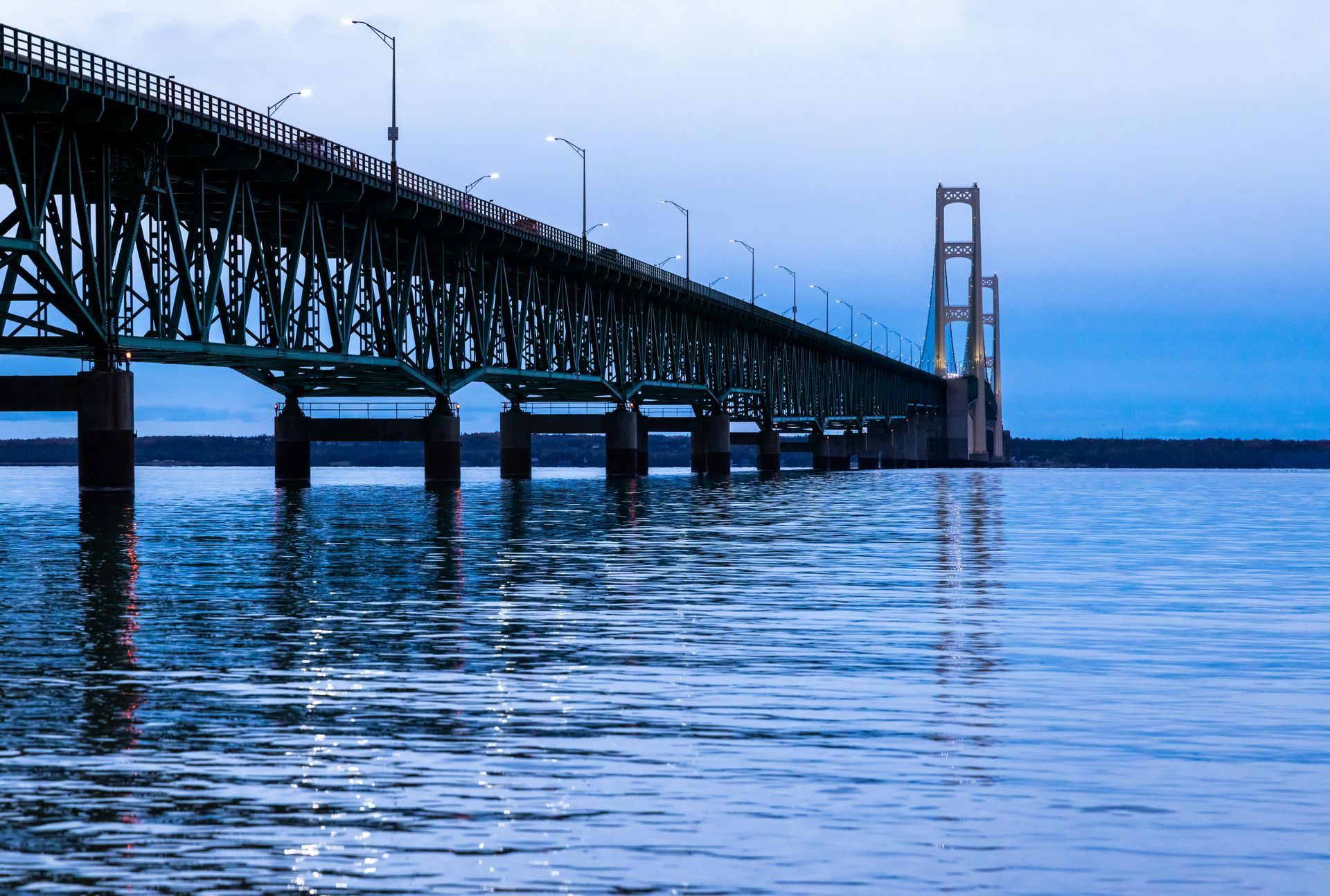Fall Fishing Opportunities in Michigan

While deer season is in full swing here in Michigan, there are still plenty of other opportunities to get involved in the outdoors this fall. Multiple hunting seasons are open this time of year including waterfowl and small game. However, Michigan boasts some of the greatest freshwater fishing in the country which makes for excellent fall fishing opportunities. Whether you are a beginner or an advanced angler, Michigan’s waters have something to offer for everyone.
Annual Salmon Run
Michigan is home to four species of salmon: chinook (or king) salmon, coho salmon, pink salmon, and Atlantic salmon. These fish vary greatly in terms of their physical characteristics, but all are popular sportfish within the state. Pacific salmon like chinook and coho are not native to Michigan but are instead raised in hatcheries and stocked by the Michigan Department of Natural Resources (DNR). They were introduced in the late 1960s as a response to the overpopulation of alewife, a small invasive prey fish.
The most popular species to fish in the fall months are coho and chinook salmon. These fish begin migrating to their spawning streams in late summer and early fall. Coho salmon enter the streams in the fall and spawn until November, with eggs hatching in the following spring. Coho can be caught in Lake Michigan throughout the year, though the best fishing occurs in early spring as well as late summer/early fall. The most popular areas to target coho are Platte Bay where they begin their spawning runs, as well as the Manistee and St. Joseph Rivers. The Anna River watershed in the Upper Peninsula is also a great spot for open-water anglers. Anglers will often be seen trolling near shore using crankbaits and floating/diving minnows or stationed on the pier using spawn bags.
Although some reproduction has been documented in chinook populations, the Michigan DNR continues to maintain a large stocking program. Popular spots to target chinook salmon in the fall include Lake Michigan itself and along its coast. For inland stream fishing, rivers like the Manistee, Pere Marquette, and St. Joseph also provide excellent opportunities. They are usually caught in deeper water within Lake Michigan because they prefer cooler temperatures. Anglers commonly use downriggers and lead-core or copper line to get spoons, dodgers, and flies down to deeper water. River anglers use a variety of artificial bait such as spoons, spinners, and plugs, along with spawn.
Fall Steelhead Fishing
Steelhead is a name given to rainbow trout that spawn in rivers but spend most of their lives in the Great Lakes or the ocean. These fish can be difficult to identify but they are generally larger and more silvery or brassy in color. Steelhead are known for putting up a good fight, making them a very popular sportfish. Great Lakes steelhead are highly migratory and spend much of their time out in open water. When they are ready to spawn, they migrate back to their streams in the fall starting in late October to early May. Although these fish first enter their streams during fall, their eggs don’t hatch until spring.
Michigan has great steelhead fishing in the fall. Many rivers on the west side of the state receive a good push of steelhead including the Pere Marquette, Manistee, Muskegon, Platte, and the Au Sable. Steelhead are commonly fished either with conventional or fly-fishing methods. Many anglers use a float with some shot spread along the leader to suspend a yarn egg, bead, or nymph just off the bottom.
Fishing for Steelhead on the Pere Marquette River. Courtesy of the Michigan DNR.
Learn More
Want to learn more about fishing opportunities in Michigan? Visit the Michigan DNR’s website for a full list of fishing regulations found in the 2024 Michigan Fishing Regulations Guide. To learn more about the DNR’s fish stocking program, visit their Fish Stocking webpage or their Hatcheries webpage. For any general fishing questions, please contact DNR-Fisheries@michigan.gov or call 517-284-5830.
Recent Posts



